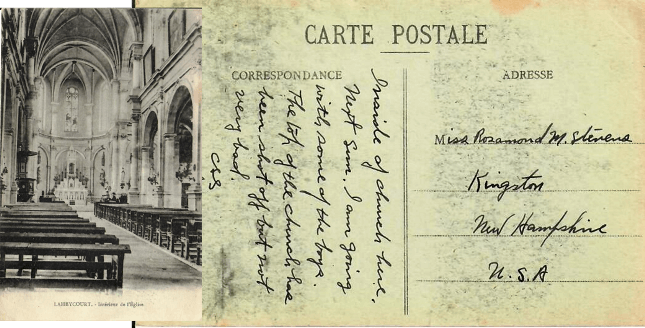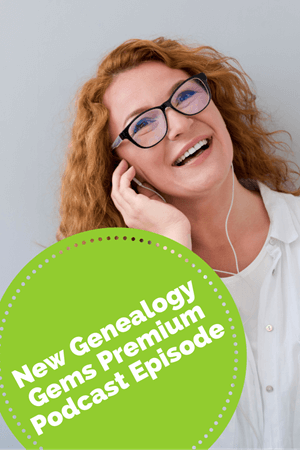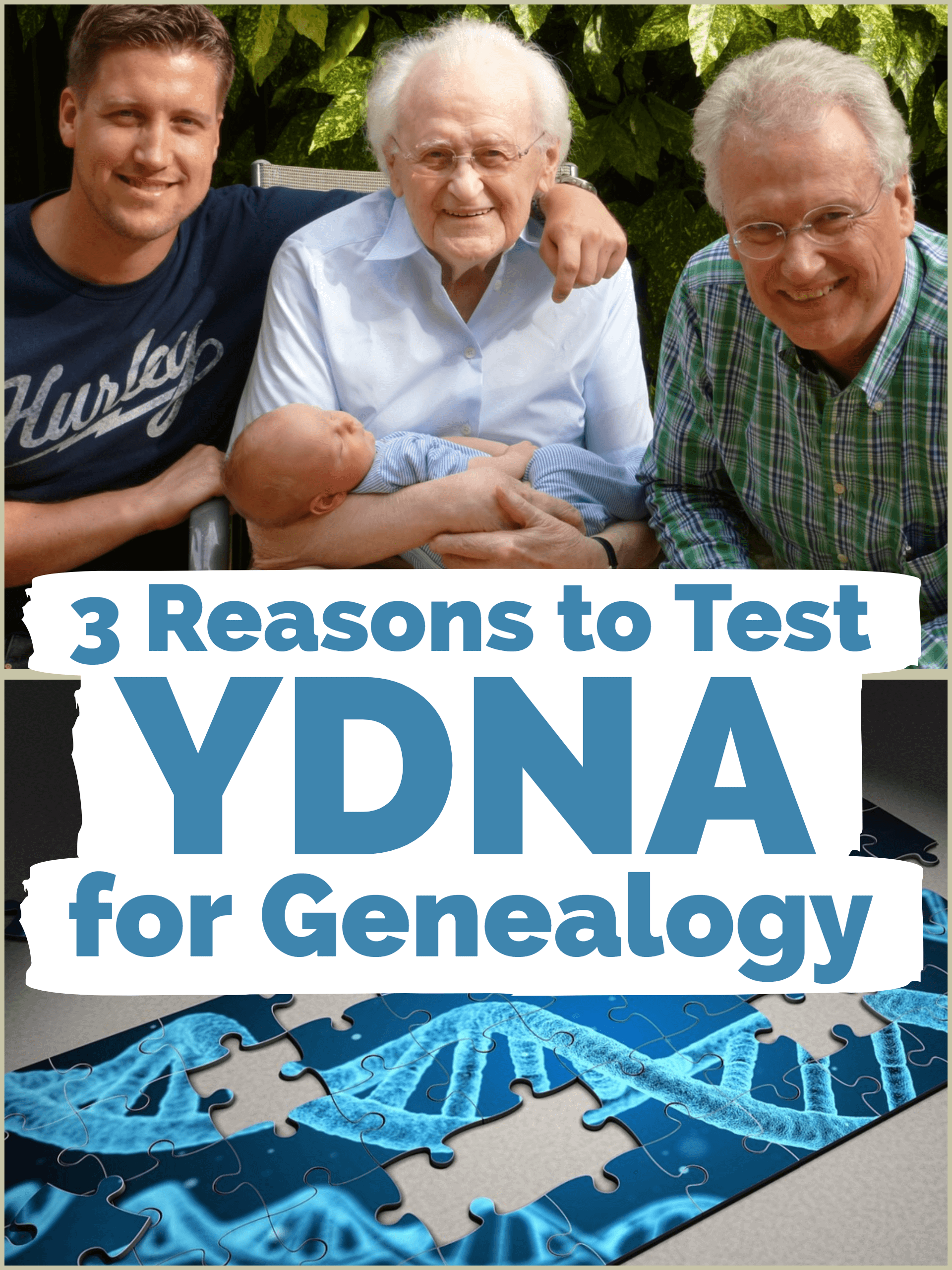Must-have genealogy tips featured in new Premium Podcast episode
Genealogy Gems Premium Podcast Episode 157 is ready for you! This episode features a variety of must-have tips for the family historian: courthouse research strategies, identifying old family memorabilia, and using YDNA to learn more about your paternal line.
Something I love about the Genealogy Gems Premium Podcast is host and producer Lisa Louise Cooke’s unique ability to bring together the best voices on “all things genealogy.” She truly knows how to pick the most valuable gems—both the topics and the experts—and string them all together in a way that’s easy to listen to and inspiring.
Premium Podcast Episode 157 Highlight
In this episode, I was especially intrigued by Michael Strauss’ segment on identifying old family memorabilia. He’s our Military Minutes contributor. The memorabilia he uses as an example is military-themed—a series of postcards from a soldier during World War I. They’re so intriguing: I’ve shown you just one of those here:

Michael’s tips apply to just about any kind of family artifact you might find in your possession. You’ll hear the questions he asked about these postcards and the kinds of genealogical documents he sought to answer those questions.
Another don’t-miss segment is a voicemail Lisa got from Ken. He’s a riot! And he has a good DNA question for Diahan, which she addresses directly.
Also in this episode: The Archive Lady Melissa Barker chimes in with tips for genealogists on visiting courthouses. I chime in, too, with comments about a fascinating new cemetery database that will bring together not just the data on tombstones but information about the stones’ physical surroundings. You’ll love this if you’re a nature lover–or if you just like the idea that when we are laid to rest, we become part of the natural landscape.
Click here to listen to Premium Podcast Episode #157 (Premium eLearning membership required).
The Perks of Premium eLearning
This and all Premium Podcast episodes are available to our Premium eLearning members. In case you missed the memo, Genealogy Gems Premium Membership is now Premium eLearning—and there’s MUCH more than there ever has been before for Premium members! Click here to learn more about the benefits of Premium eLearning, which we think is the best genealogy education opportunity around.

About the Author: Sunny Morton
Sunny is a Contributing Editor at Lisa Louise Cooke’s Genealogy Gems; her voice is often heard on the Genealogy Gems Podcast and Premium Podcasts. She’s known for her expertise on the world’s biggest family history websites (she’s the author of Genealogy Giants: Comparing the 4 Major Websites); writing personal and family histories (she also wrote Story of My Life: A Workbook for Preserving Your Legacy); and sharing her favorite reads for the Genealogy Gems Book Club.
Disclosure: This article contains affiliate links and Genealogy Gems will be compensated if you make a purchase after clicking on these links (at no additional cost to you). Thank you for supporting Genealogy Gems!








